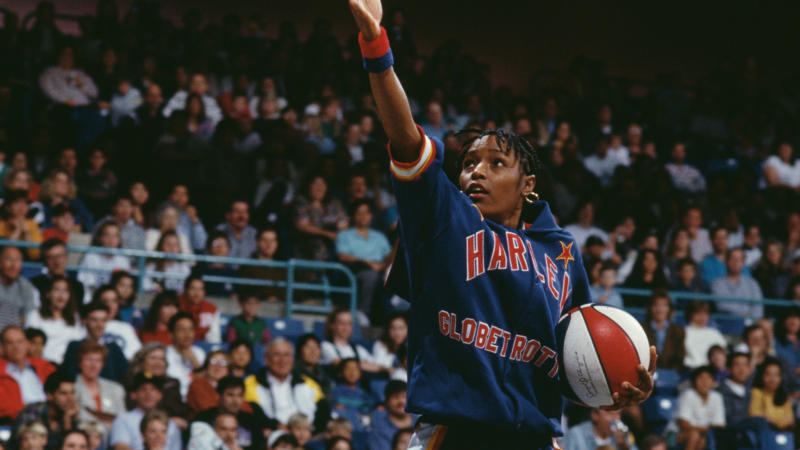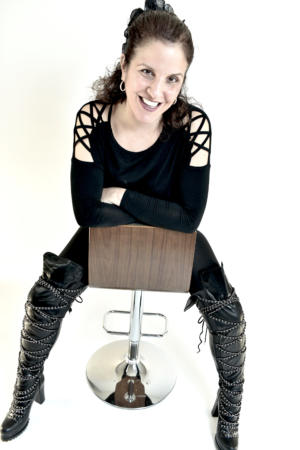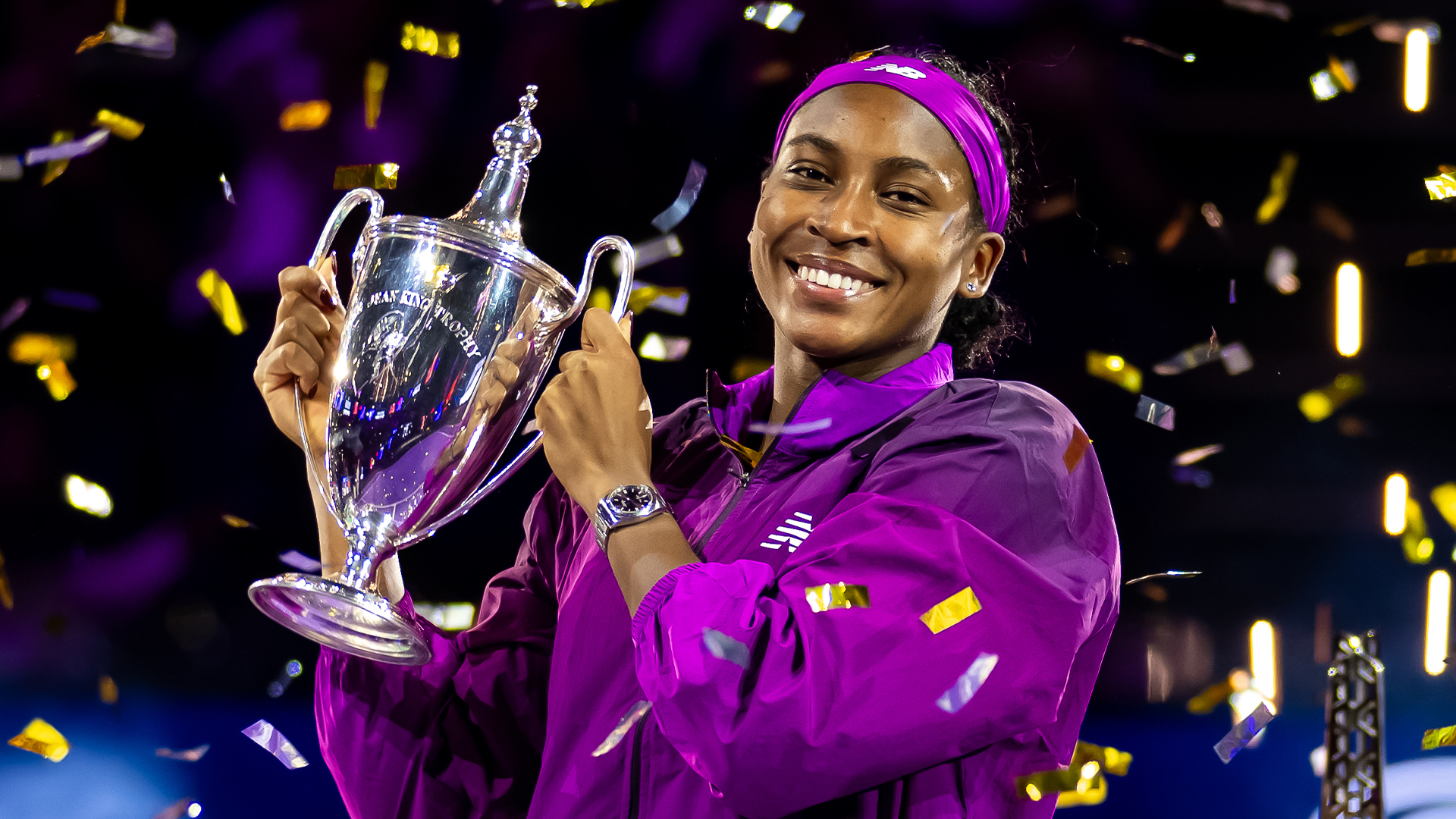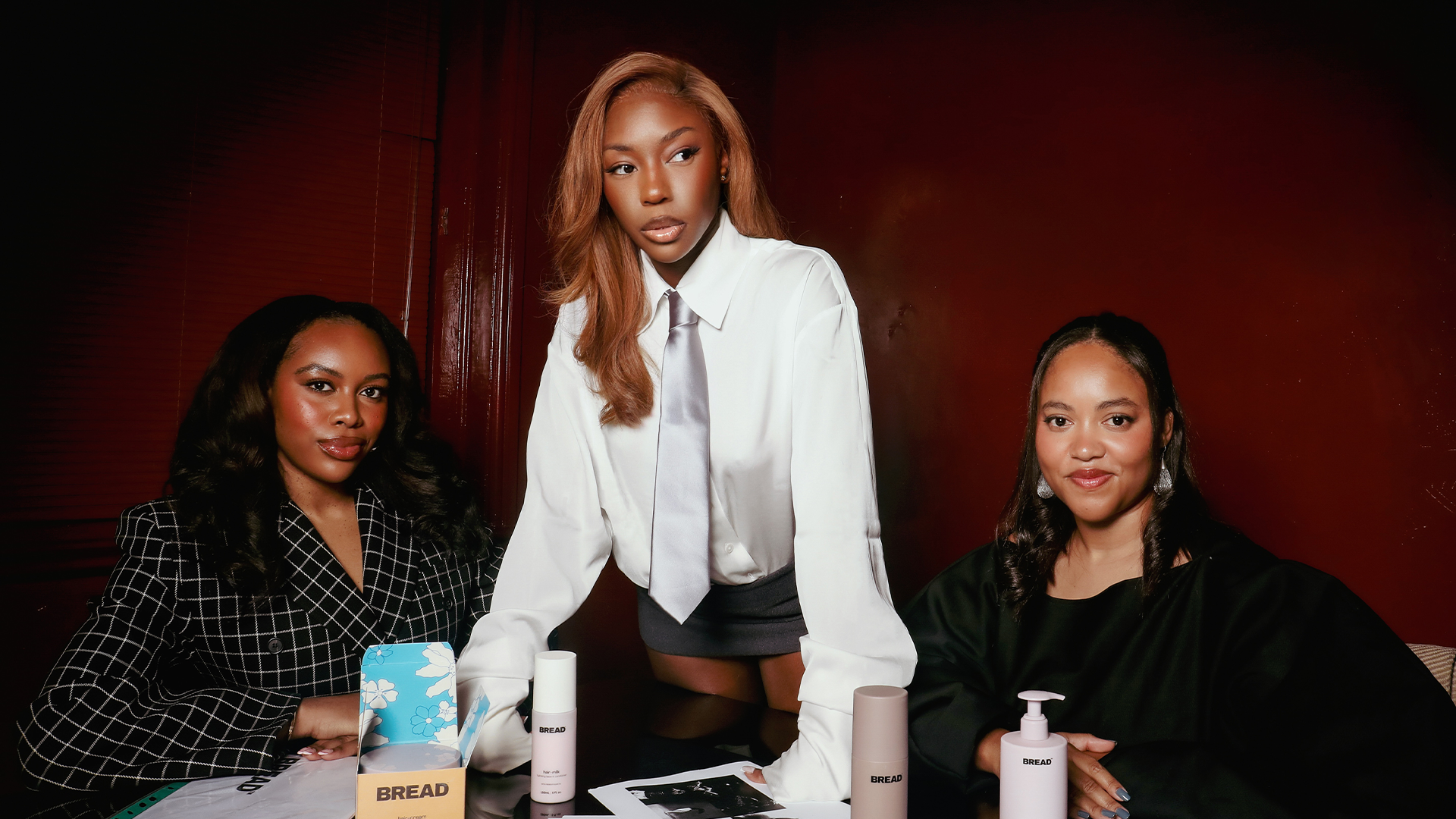You may think that the Harlem Globetrotters are a “joke” team — a team that turns the sport of basketball into a Broadway show, with funny spins and clownish faces and a treat for young children who may be too small to experience the full fury of an NBA game.
But you could not be more wrong.
In fact, if players like LeBron James, the late Kobe Bryant, and Michael Jordan can command millions — and billions — of dollars in salaries and endorsements, it’s because the Harlem Globetrotters laid the groundwork to make it so.
In 1926, basketball — like the rest of the United States — was segregated, and Black players were not allowed to join the NBA. From that terrible time in American history, though, came basketball teams like the Black Fives and what was then known as the Savoy Big Five. Born on the South Side of Chicago, Tommy Brookins — according to WTTW — led a series of players to walk off from the Savoy Big Five in the midst of a dispute in 1928. They then formed a team of their own — the Chicago Globetrotters — wherein they caught the attention of a promoter named Al Saperstein. Saperstein rechristened the team “Harlem Globetrotters” thanks to the burgeoning Harlem Renaissance movement, and the rest, as they say, is history.
Much like many of the “Green Book” era of performers, the newly-christened Globetrotters had to play basketball exhibition halls that were welcoming to Black players in their early years. And, in their time, the Globetrotters produced some of the biggest names in the sport: Goose Tatum, Curly Neal (aka No. 22), Meadowlark Lemon, and even Wilt Chamberlin all donned the Red, White, and Blue of the Globetrotters.
What’s more, it was the Harlem Globetrotters that played an integral role in the integration of the sport. In 1948, the Globetrotters (who were all-Black) were up against the Minneapolis Lakers (this, obviously, was before the Lakers moved to Los Angeles — and it goes without saying that the Minneapolis Lakers were all-White, like the rest of the National Basketball League at the time) in an exhibition game. The Globetrotters, perhaps unsurprisingly, wiped out the Lakers. Two years later, Globetrotter Nat “Sweetwater” Clifton became the first Black basketball player to sign with an NBA team — and the league has been fully integrated ever since.
So, without the Globetrotters, Lebron et. al. may still be playing on a completely separate court today.
In the 21st century, the Harlem Globetrotters continue to play an important role in the history of basketball. As more women enter the sport, the Globetrotters are proving to be a breeding ground for some of the hottest talent.
AfroTech had a chance to speak to Sunni Hickman, the vice-president of marketing for the Harlem Globetrotters, about how the team continues to be a force for good in the 21st century and beyond.
Editorial note: Portions of this interview have been edited and condensed for clarity.
The First Woman To Don The Red, White, and Blue

In 1985, Lynette Woodard made history when she became the first woman to don the Red, White, and Blue as a member of the Harlem Globetrotters (Her cousin, Geese Ausbie, aka “The Clown Prince of Basketball,” was also a Globetrotter, and encouraged her to try out for the team — and he retired the same year she joined). Woodard went on to make history when she became one of the oldest athletes to play for the then-newly formed WNBA (she was 38-years-old in 1997 when she signed to the Cleveland Rockers).
Hickman, however, said that this sort of elite sportsmanship is par for the course for the Globetrotters.
“Despite the fact that we’re an exhibition team, our players have truly out-of-this-world athletic prowess,” she said. “The fact that they make it look so easy, and so fun, is a testament to their ability.”
The Women of the Harlem Globetrotters Through the Years
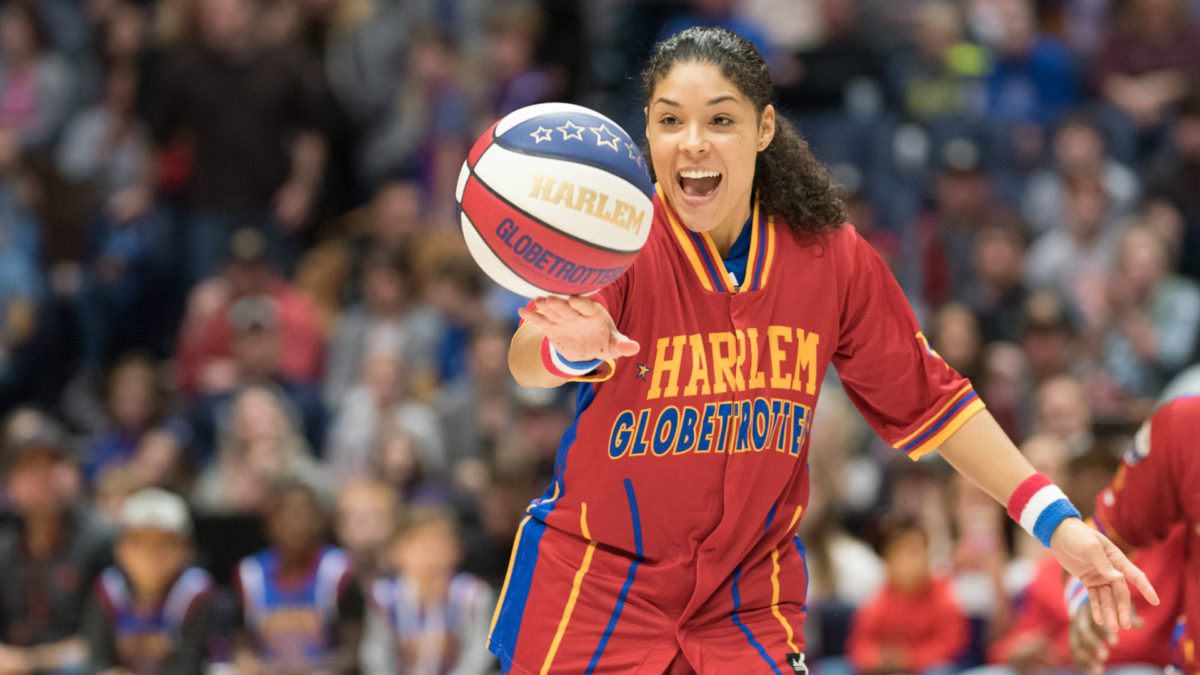
While perhaps best known for the male superstars they produced from the court, women played an important role in the Harlem Globetrotters’ history as well. 2017 was a banner year for the women of the Globetrotters — as Rolling Stone reported, there were four women on the team, including standout superstar Crissa “Ace” Jackson, the thirteenth woman Globetrotter in history.
Progress has been, arguably, slow — but it’s steady, and as women in professional sports continue to become serious contenders for endorsements, advertising dollars, and the overall “seriousness” of the sport, Hickman anticipates that more women will turn to the Globetrotters for a career in professional sports.
“There will always be a place for women in sports, and there will always be a place for women on the Harlem Globetrotters,” she said, noting that there are two women on the roster as of this writing (Torch George and TNT Lister). “And as professional sports continues to expand, and become more inclusive of women — and, more specifically, equitable to women — it’s my hope that the Globetrotters are seen as serious contenders for their career. What’s more, we here are taking extra initiatives to continue to recruit women in the space, so they know this is a warm and inclusive environment.”
Looking to the 21st Century and Beyond
For the Harlem Globetrotters of today, women are playing important roles in the 21st century and beyond. In addition to encouraging women to take the court donning the Red, White, and Blue, Hickman says that the Globetrotters continue to expand career opportunities for women in the organization, and she hopes to see more women in the field in the future.
“The Globetrotters have always been a progressive and forward-thinking organization,” she said. “That’s been the nature of our history — not just for Black men, but for women, and especially Black women, too. A woman’s place is in the boardroom, and it’s my hope that the future women leaders of America look to the Globetrotters as a place where they can grow their careers and lead into the 21st century and beyond.”
